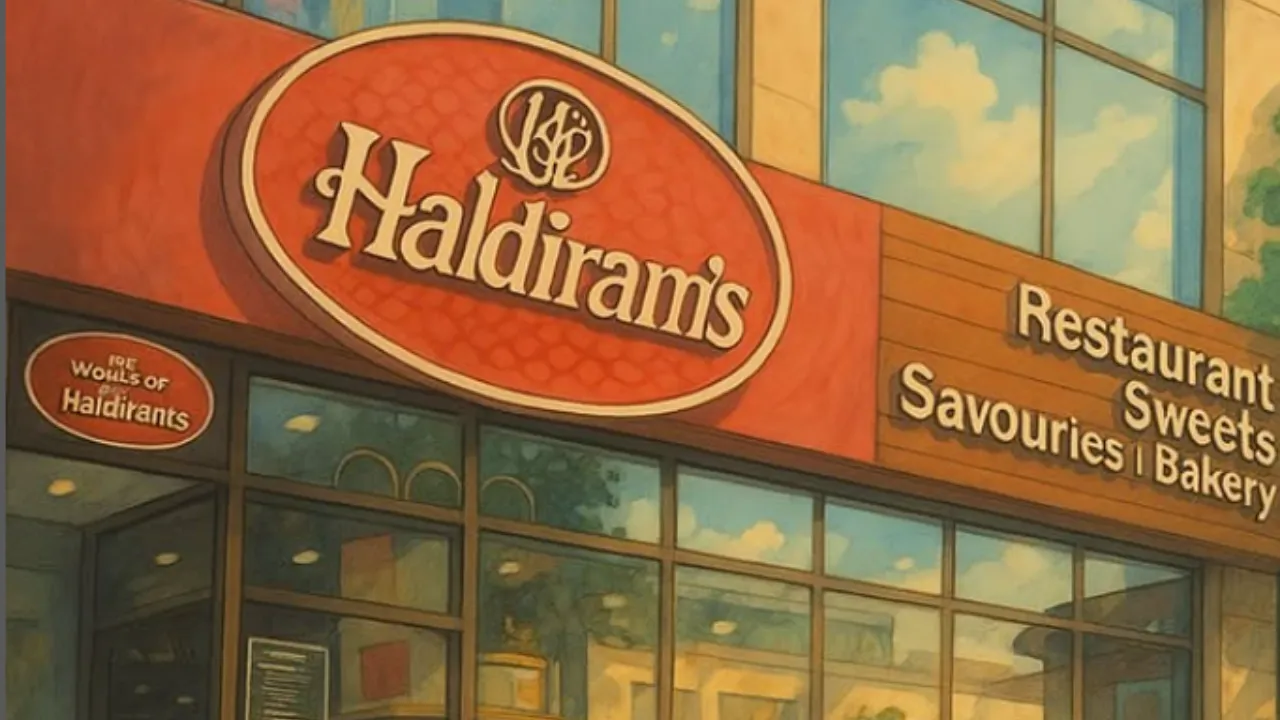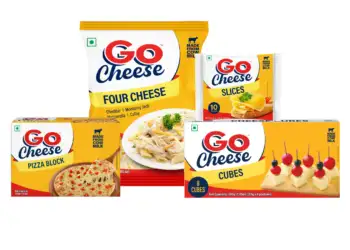No big ads, no star-studded endorsements, no extravagant campaigns—and yet, Haldiram’s is found in almost every Indian household. It’s one of those rare brands, like Parle-G with glucose biscuits or Bisleri with bottled water, that has become synonymous with its category. But what sets Haldiram’s apart is that its journey to becoming a household name has been built without the crutches of aggressive advertising. Can you recall a single memorable TV commercial featuring Haldiram’s? Likely not. In stark contrast, competitors like Bikaji have Amitabh Bachchan as their brand ambassador, and Prabhuji Sweets and Namkeens boast Shah Rukh Khan and Rashmika Mandanna. Despite this, Haldiram’s reported a staggering ₹12,800 crore in revenue and ₹1,400 crore in profit after tax in FY24, according to the Economic Times. This quiet but powerful growth caught investor attention—Temasek picked up a 10% stake, and soon after, Alpha Wave Global and International Holding Co followed suit, signaling faith in the brand’s consistent performance.
The brand’s success story began in 1937 in Bikaner, Rajasthan, as a modest sweet shop. Today, it has evolved into a namkeen empire with hundreds of products under its belt, a chain of restaurants, and an international footprint. What makes Haldiram’s truly special is its unwavering product consistency. Whether you’re eating their aloo bhujiya in Delhi or Mumbai, the taste remains exactly the same. This uniformity, along with fair and stable pricing, has cultivated deep loyalty among customers. As Sandeep Goyal, Chairman of Rediffusion, says, “When you have such deep-rooted loyalty to a brand, then why do you need advertising?” He adds that families notice instantly when a different namkeen is served, emphasizing how essential Haldiram’s has become in daily life.
The brand has cemented its legacy by focusing on ethnic Indian snacks—savouries and sweets that are part of everyday meals. According to industry expert KS Narayanan, while the Indian snack market has segments dominated by chips (like Lay’s) and extruded snacks (like Kurkure), Haldiram’s carved a niche in traditional Indian namkeen. One of its smartest moves was setting up landmark outlets on the outskirts of Delhi and Gurgaon, where people could experience its full range of offerings—from chole bhature to samosas and festive sweets. These aren’t just restaurants; they’re cultural experiences, priced affordably and consistently across locations.
Another area where Haldiram’s shined was packaging. It invested heavily to bring its packaging up to world-class standards, allowing it to sit proudly on modern retail shelves while still being accessible in kirana stores. With prices ranging from ₹5 for a small pack to ₹500+ for gift boxes, Haldiram’s has something for everyone. And even globally, it has won over fans—most notably, viral food critic Uncle Roger, who declared it the “only vegetarian food” he likes during his visit to a Delhi outlet.
Still, the brand is not without challenges. Some younger, urban consumers are shifting toward ‘healthier’ snack options, often promoted by newer direct-to-consumer brands. However, this trend is largely metro-centric. Across the broader Indian market, especially in non-metros and smaller towns, Haldiram’s continues to dominate. Former Schbang co-founder Akshay Gurnani credits this to its robust distribution and legacy appeal, calling its ability to thrive without ads “enviable.” Narayanan agrees and believes Haldiram’s is just getting started, especially in under-penetrated regions like Punjab, Haryana, and Uttar Pradesh.
Haldiram’s isn’t a trend—it’s a tradition. Its success is a masterclass in product-led branding, regional authenticity, and emotional connection. It didn’t win customers with celebrity charm but with timeless taste and cultural relevance. And whether it’s during festivals or tea time, a little aloo bhujiya on your plate is a gentle reminder that India’s favorite snack doesn’t need an ad to be loved—it just needs to show up, as it always has.
Video:
Author: Sathya Udaiyar











